Summer of my sweet ferment

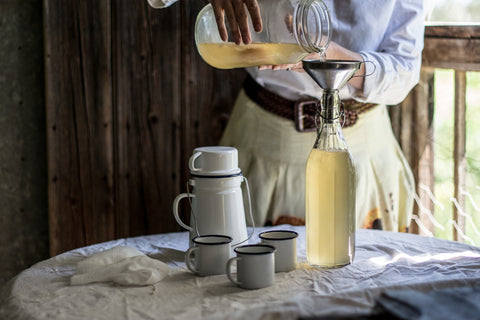
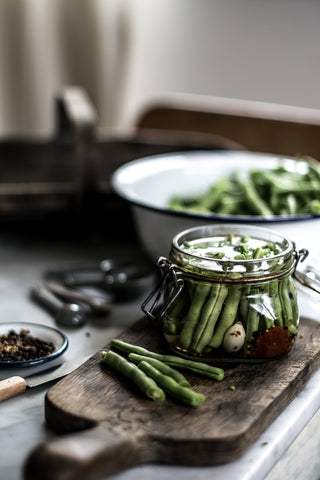
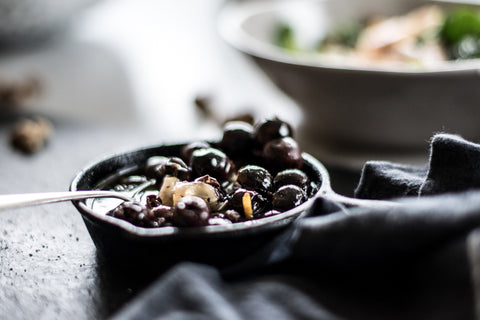
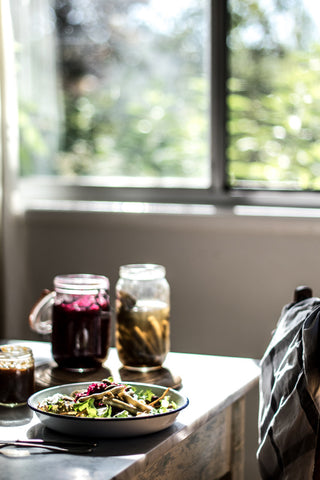
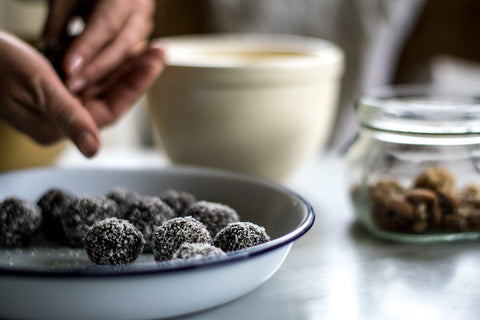
I've been dabbling in fermenting and pickling for a couple of years now, mainly out of a desire to preserve excess vegetables (Milkwood Permaculture was excellent inspiration for fermented beans and curing olives, along with Brenda Fawden's recipe for Warm Cracked Manzanillo Olives in Eat Local). I may have mentioned elsewhere that my autumn green tomato pickle has a following of two! Meanwhile, winter kimchi is an excellent way to keep the kale crop in check. This year the interest in pickling and fermenting dug a little deeper to understand the benefits of fermented foods on gut health.
Our friends Derek and Kirrily Blomfield at The Conscious Farmer wrote about gut health on their October MOOsings, "...the more we support our guts with good, whole food that is right for each of us personally (because this will vary between us), then the better off we'll be - mentally and physically". In Women's Wellness Wisdom former Tamworth woman Dr Libby Weaver writes 'Gut health is the basis of all health...Just Eat Real Food - no processed foods, but plenty of vegetables and plenty of fats from a wide variety of sources; include fermented foods...' I also enjoyed this article from MindBodyMicrobiome, particularly its references to fermented foods as a source of probiotics and good gut bacteria promoting immunity.
The Sydney Morning Herald's Good Food describes kombucha, a source of probiotics, as 'one of the country's fastest growing health trends'. I tasted kombucha for the first time after meeting Cindy Hamrey at a Daily Plenty Workshop, where she served her bottled homemade batches of kombucha. Then we ran into Sally and Sarah of In Rhythm with Nature at Taste in the Park, Tamworth and tried their kombucha.
To help my understanding and learn new skills I went along to a Sunday afternoon fermenting workshop by Sally and Sarah. The women hosted a small group, teaching us how to make kombucha, sauerkraut, water and milk kefir, plus some delicious recipes for protein balls and a flavoursome chai made with green and black tea, tumeric, cardamom, cinnamon, black pepper, cloves and ginger.
I came away from the workshop with a SCOBY (Symbiotic Colony of Bacteria and Yeast) keen to make my first batch of kombucha. We have a ready supply of loose leaf tea at the shop, so I use a blend of China Black and Jasmine Green Tea, or just Jasmine Green Tea. For the second brew I like the flavours of tumeric, ginger and lemon. It is fascinating to see the SCOBY grow in your fermenting vessel and to taste your kombucha as it brews, changing from sweet to sour.
The other take out was how easy it is to make sauerkraut, rather than buy imported sauerkraut as I have been doing. Here's Sally and Sarah's recipe. Give it a go and make it your own, adding herbs and spices. I love the look of Kate Walsh's @katewalsh_realfood tumeric, carrot and cabbage kraut.
What you need: red or green cabbage, Himalayan salt, herbs and spices like carraway seeds, juniper berries, dill...
What you do: For every 1kg of cabbage, add 1 tablespoon of salt (more salt for crispy and crunchy, less salt for soft and mild). Remove the outer leaves of cabbage for use later. Weigh the cabbage and the correct amount of salt. Shred the cabbage using a mandolin or food processor and place in a large ceramic or plastic bowl. Add the salt and massage the cabbage to draw out the juices (add spices to experiment with flavour). Pack the cabbage into sterilised jars or a crock. Keep the cabbage submerged in the liquid by placing scrunched up cabbage leaves on top of the sauerkraut brew. Put a lid on the jar, and store on a plate or tray at room temperature, away from light, burping your sauerkraut daily for about a week by opening and closing the lid. Don't leave the lid off the sauerkraut because fermenting is an anaerobic process and must not be exposed to air. After about a week taste the sauerkraut and start adding to salads.




Megan Trousdale
Author